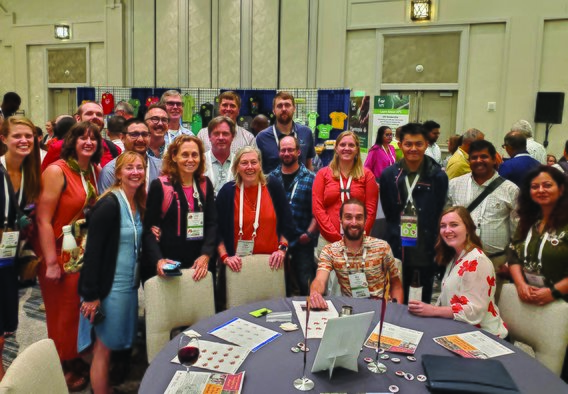
UMN Plant Pathology was well-represented at the 2023 American Phytopathological Society (APS) Annual Meeting in Denver, CO, including attendance, giving presentations, networking, postering, and hosting a social.
Here are some first-person highlights from Gophers at APS:
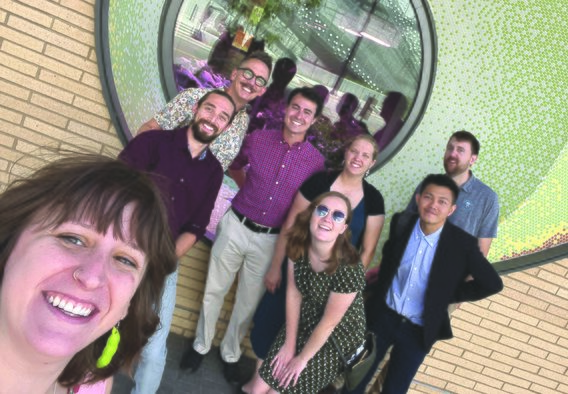
I love going to Plant Health meetings as a way to learn more about cutting edge research in our field to possibly apply to our lab curriculums. However, my favorite part is being able to reconnect with friends and alumni from our department!
–Becca Hall
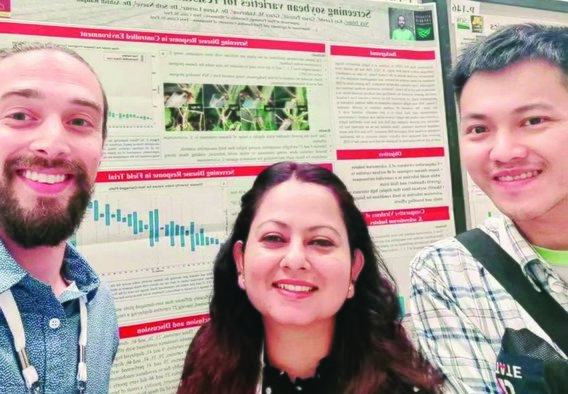
This was my first experience of an APS meeting but it was a great one. First day was overwhelming as there were lots of people and many events going on but eventually I got the flow. Poster presentation went well. Many people came to see the poster and discussed their work as well. In terms of networking it was awesome, I connected with lots of PhDs and scientists from different universities. Industrial networking experience was great too, some of the industry people gave lots of useful information to build a career in industry. Some interesting talks on various topics which gave an idea that so much work is going on plant pathology. It was also an opportunity to connect with UMN postdocs and grad students ,as we get less time to connect personally during work hours. The closing party at Denver was great, everybody danced their hearts out. Denver had pleasant weather and some good food too. Overall a very satisfying experience.
—Kriti Tyagi
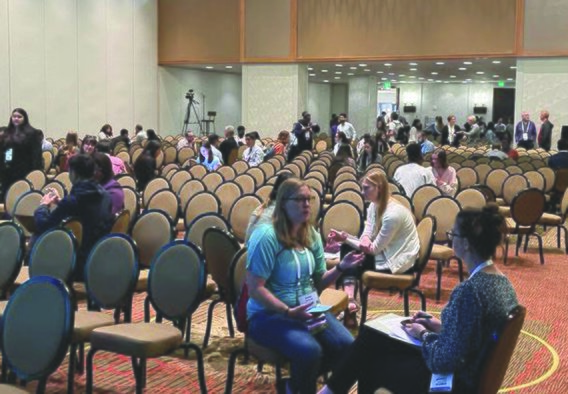
I really enjoyed my first experience at APS and got some good feedback on my poster and project as well as making a lot of connections. I didn't have a lot of people stop at my poster but those that did were interested in the project and had insightful feedback.
I had a few favorite parts. The diagnostic bowl was fun to participate in and gain experience. There were lots of networking opportunities with industry and academia. My overall favorite part was probably the unique opportunity that our former department head Jim Bradeen offered us students and alumni the opportunity to tour CSU Spur campus. I also enjoyed reconnecting with students that I knew in the past. Someone who was an undergraduate in my plant microbe interactions class in spring 2022 is now a graduate student at CSU Ft. Collins campus in plant pathology so I saw her there.
I made a few connections with graduate students, specifically Kelly Debbink in Damon Smith's lab at UW-Madison where Megan was previously a graduate student. I also met a graduate student at Michigan State working with Jamie Wilbur and Martin Chilvers (previous collaborators of Megan's) working on white mold in potato and dry mold but some in soybean. Finally, I met a grad student Wesley Bills who is in Darren Mueller's lab at Iowa state who has also collaborated with Megan. Wesley is doing drone and 3-D imaging of soybean plants and canopy closure.
I was also awarded a student travel grant through the APS foundation so had to help volunteer at the foundation table receiving donations as well as attended a special breakfast for awardees with several foundation members.
I was interested to learn that the Government Office of Science & Technology only recently in 2022 added a statement to include indigenous knowledge into research and policies.
A few pictures are attached. A few from my poster presentation and one of Hsuan-Fu at his presentation. The other two of us sitting are photos from grower conversations during the diagnostic bowl which was an event organized by the graduate student committee that Hsuan-Fu and I participated in.
—Alisha Hershman
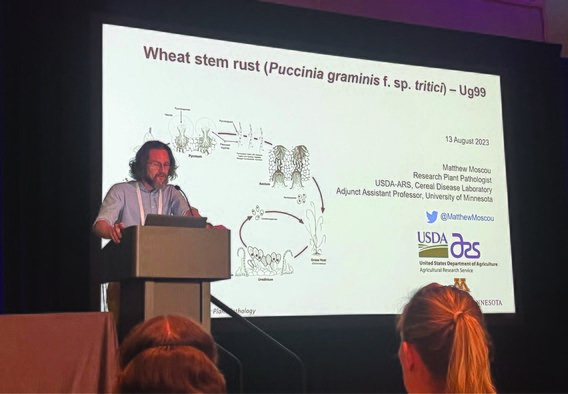
My presentation was on one of the chapters of Nick Greatens's PhD thesis—he was the one presenting the abstract and because he graduated and moved to New York, he wasn't able to attend APS. The talk went really well, and was about new crown rust species that are affecting Kentucky bluegrass that was first identified in China but also detected in the United States.
And I have a colleague that was a Fulbright fellow that came to visit my lab in 2018, and we haven't seen each other since then and we are planning to publish together. So we met finally at APS and had a couple hours’ discussion about what we need to get done. So it was a good opportunity for networking and seeing people that otherwise you don't get the chance to see at all.
—Pablo Olivera
